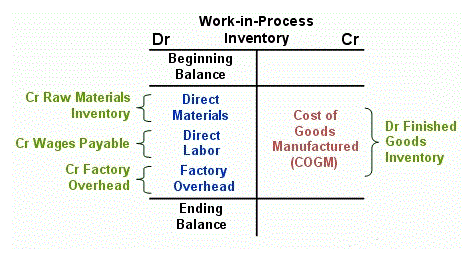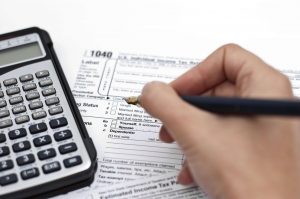
An ACH return happens when an electronic payment, like an ACH transfer, fails to retrieve funds from the customer’s bank account. Each return comes with a code that provides a specific reason for the payment failure. In a letter last week, ABA said the proposed fourth same-day window creates two major challenges for financial institutions. First, it would operate late in the processing day for banks, which would increase costs as those institutions would need to acquire additional staff for the longer ach return processing day. “Financial institutions are not comfortable about having that level of risk mandated by a Nacha rule,” ABA said.

Discover The Payment Processing Solution That’s Right For Your Business
If the same transaction is returned more than once, it’s considered a duplicate. As you can see, some of the return codes apply to all SEC codes, while others are specific to certain types. Finally, the following codes are used for International ACH Transactions (IAT). You can only expect to deal with these ACH return codes if you’re dealing with the office of a financial agency that isn’t within the US. Suspend any recurring payments, contact the customer, and resolve any issues that resulted in the payment being disputed. Contact the customer and request payment details from a different bank account.
- Since ACH payments continue to grow year over year, it’s important for businesses to understand the basics of this kind of transaction, and what happens when ACH transfers are returned.
- Businesses can use these codes to correct the problem by updating account information, contacting the customer, adjusting internal processes, and more.
- While the typical time frame to reverse an ACH payment provides a general guideline, certain exceptions and exceptional cases may require additional attention.
- Typically, an ACH Return comes from the RDFI, but in some instances the ODFI or even the ACH Operator might send such a message.
- In response, the ACH network returns a payment to the originating party if it fails to complete the request.
ABA urges Nacha to reject proposed changes to ACH network
Editing ACH files can be complex, especially with the constant updates to NACHA rules. NachaTech makes this process easier with our user-friendly ledger account editing tools. Whether you need to correct account numbers, update routing information, or handle notices of change (NOC), we provide the resources you need to keep your transactions on track.
- But, while bounced checks are generally caused by insufficient funds, that’s only one of multiple reasons why an ACH return may happen.
- ACH returns are initiated when the transaction cannot process as intended.
- Therefore, the Originator has the responsibility to retain all appropriate documentation showing authorization to debit.
- These codes can be helpful because they inform the originator of why the ACH return happened.
- This standardized system enables clear communication between financial institutions, helping them address and resolve transaction problems efficiently.
- ACH returns can be disputed if the transaction meets specific criteria.
Incorrect
To understand ACH returns, it’s important to outline the parties involved and how they interact throughout this process. Certain return cases can be disputed, if they were not properly authorized; a process called an ACH return. However, this is distinct from the chargeback process, which is limited only to credit and debit cards.
R01 – Insufficient funds

ACH payments are a cost-effective alternative to credit card transactions, while opening up your business to the ACH network comprising 130 million US bank accounts. Best of all, Checkout.com makes it easy for your business to start accepting ACH payments. When an ACH return occurs, a three-digit return code is generated to explain the issue. For example, R01 signifies insufficient funds, and R02 means the bank account is closed. ACH disputes and ACH chargebacks are different from a traditional consumer credit card chargebacks where a customer requests to reverse a transaction on a credit card.

Less common ACH return codes

The transaction Food Truck Accounting is an improper credit entry according to NACHA rules. The transaction is an improper debit entry according to NACHA rules. A Request for Payment (RFP) is an ACH Network message that can be used by businesses to send electronic invoices to their customers. Payment rails are the underlying systems and networks that facilitate the movement of funds between parties in financial transactions.
